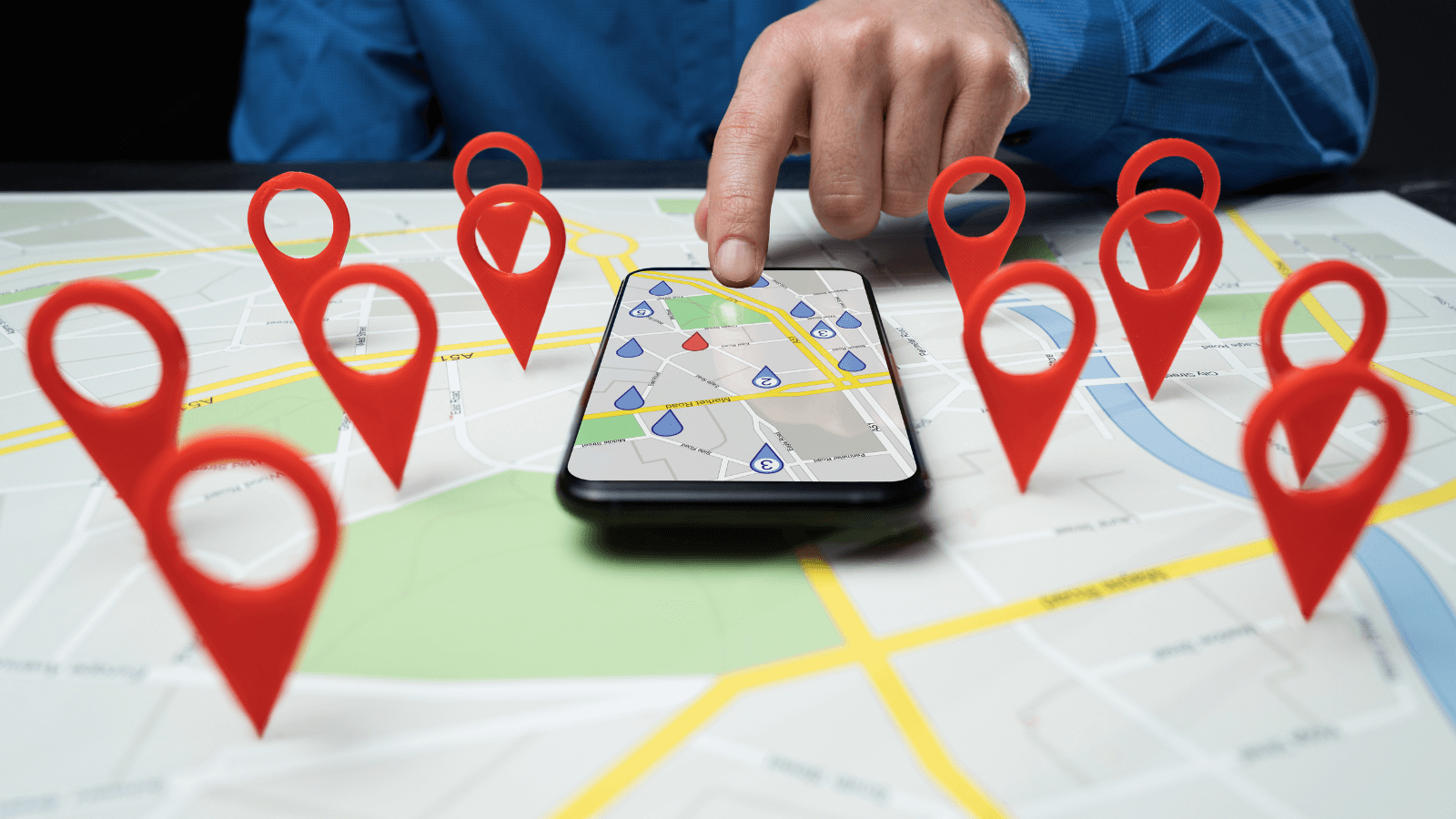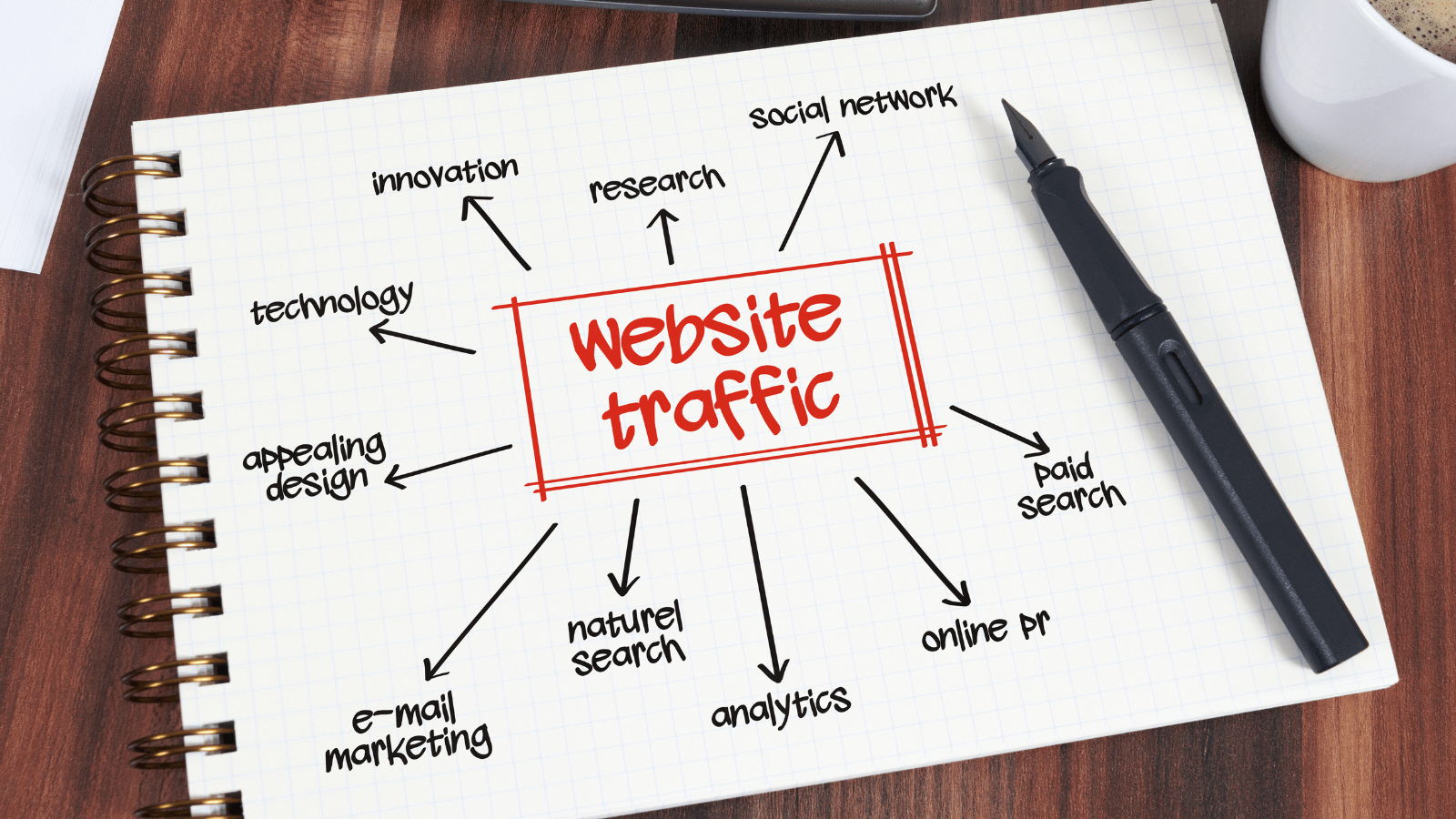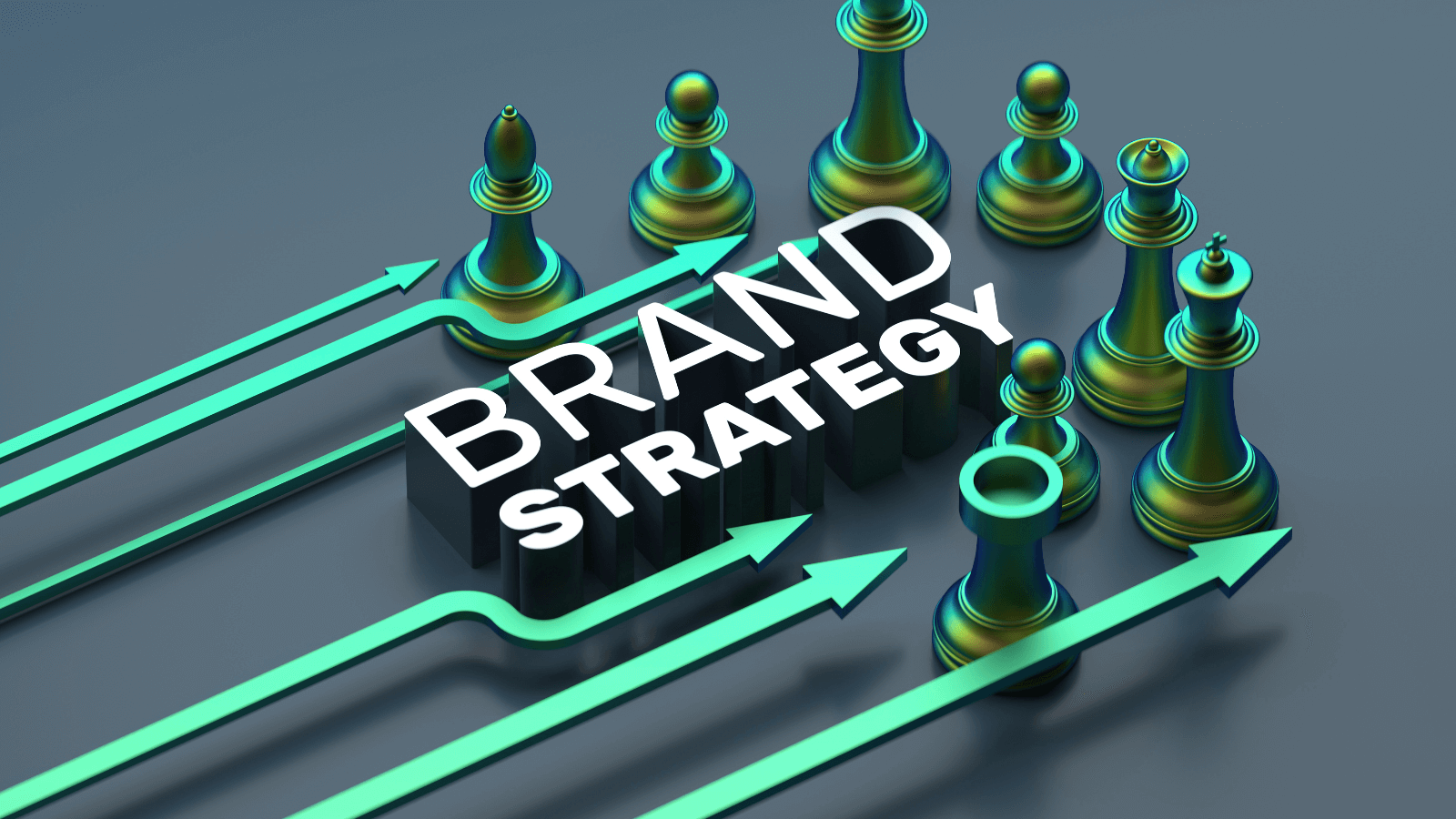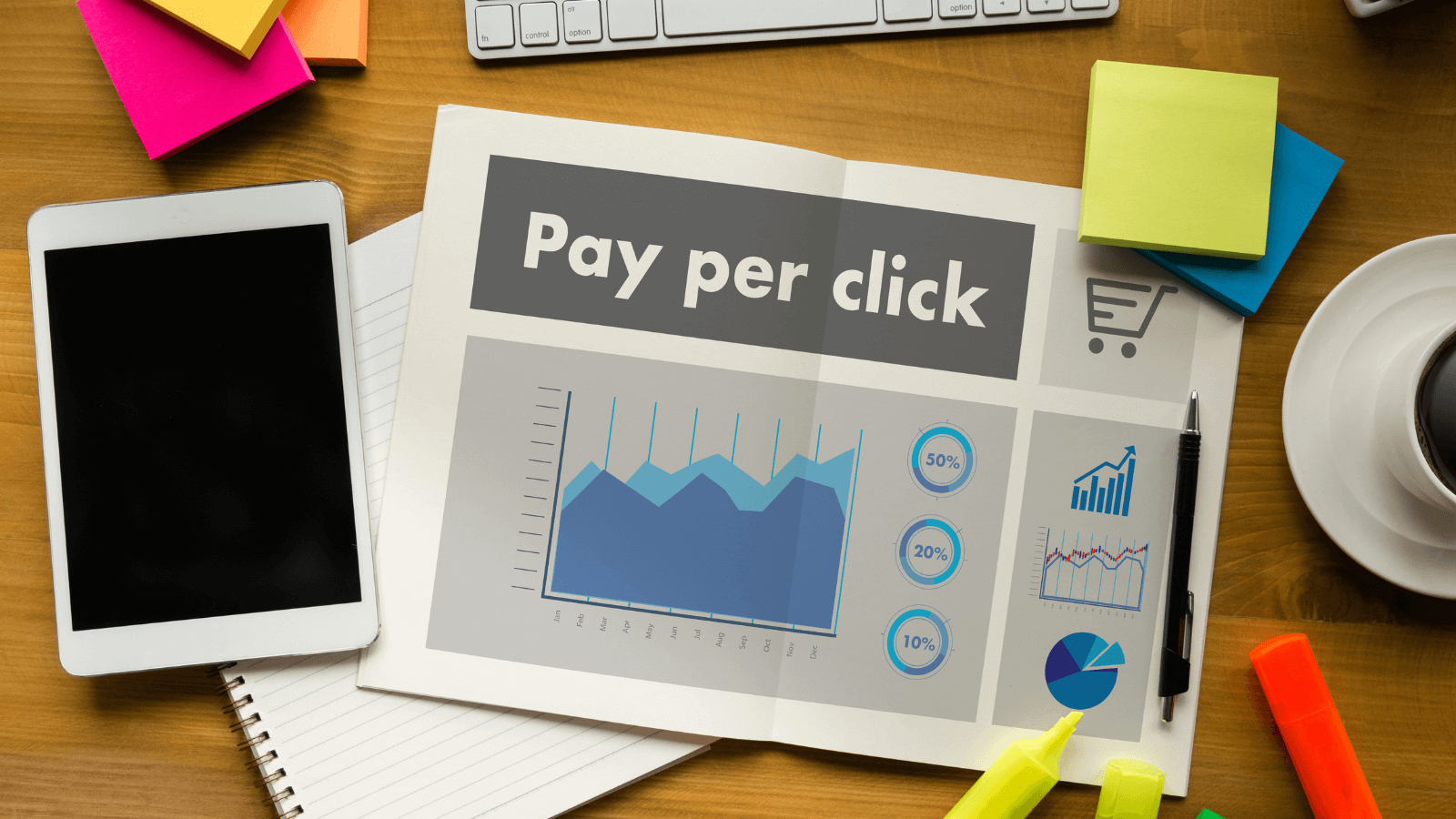Landing page optimization (LPO) is the process of creating a well-designed page for pay-per-click (PPC) campaign visitors by optimizing each element on the page to maximize the percentage of visitors that complete your desired conversion goal.
That sounds complicated, but it’s basically just creating a homepage or landing page designed in a strategic way to get users to convert on one main desired action, and in turn, raise the ROI of your PPC marketing campaigns.
The ultimate goal of conversion rate optimization (CRO) is to build pages that better engage your target audience so you can have better lead generation in your online marketing strategy. It also helps improve search engine optimization (SEO) by increasing user engagement and lowering bounce rate, which are favorable search engine signals.
Landing page optimization is essential for successful campaigns, and unfortunately, there is no “one size fits all” approach (although that would make our jobs a lot easier).
Let’s talk about the ways you can get high-converting landing pages.
7 Landing Page Optimization Best Practices
1. The 5-Second Usability Test
Your eyes are your best free auditing tool, and it only takes five seconds to prioritize what’s important.
The 5-Second Usability Test is a method of user behavior research that helps you measure what valuable information users take away and what impression they get within the first five seconds of looking at a landing page. Is the landing page effectively communicating its intended message?
There are three questions that you need to be able to answer within five seconds:
- Who are you (the business)?
- What product/service do you provide?
- What’s in it for me (the potential customer)?
If your webpage does not address these questions, it’s time to reevaluate your landing page copywriting and web design for better user experience.
2. Decrease Distractions
The ideal ratio between the number of things you can do on a given page to the number of things you want people to do is 1:1.
The only action people should be able to take on your landing page is the one action you want them to do. That might be downloading a whitepaper, submitting a phone number for a consultation, or making a purchase. Other links, popups, or excessive offers can distract from the conversion goal.
Clean, clutter-free functionality always wins. Make use of white space so the eye can smoothly flow from one landing page element to the next.
3. Design for Motivation First, Then for Ability
Landing page design isn’t just about choosing bright, contrasting colors or using popular templates. While those tactics can help, they’re not the end all, be all. Enter the Fogg Behavior Model: B = MAT (Behavior = Motivation + Ability + Trigger).
To improve landing page performance:
- Increase motivation with urgency or scarcity. Try countdown timers or limited-time offers.
- Increase ability by making the action feel effortless. Fast page load time, mobile-friendly design, and simple form fields are key.
- Use a strong trigger, like a value-based CTA.
One practical way to track success here is to monitor key metrics like bounce rate, click-through rates, and conversion rates using Google Analytics.
4. Create Calls to Value vs. Calls to Action
Typical calls to action (CTAs) like “Submit” or “Sign Up” are bland and give nothing back to the user.
Instead, give your call-to-action button a value proposition. For example, instead of “Book Now,” try “Get Your Free Quote Today.”
Including that “why” element in your CTA gives users a reason to act. A/B testing different CTA variants is a great way to benchmark effectiveness.
5. Add Social Proof and Build Trust
If people don’t know you, they need a reason to trust you.
Adding trust signals and social proof can make a major difference:
- Customer testimonials
- Awards or media mentions
- Case studies
- Satisfaction guarantees or return policies
- Logos from well-known partners
- Links to social media profiles
Including this information directly on your landing page helps build credibility with customers and reduces their hesitation to give you their contact information.
6. Answer Users’ Questions Before They Think of Them
Your landing page should answer common objections before the user even has to ask.
Some questions you should proactively answer:
- What happens after I click this?
- How much does it cost?
- What if I’m not satisfied?
- Can I do this on mobile devices?
- Is my personal information safe?
Use landing page optimization tools like heatmap software or session recordings to see where users get stuck. Then adjust your landing page copy and design accordingly.
7. Use Landing Page Testing to Drive Results
Conversion success is rarely achieved on the first attempt. That’s why A/B testing is essential to any effective landing page strategy.
Test different:
- Headlines and subheadings
- CTA button colors or text
- Form lengths
- Imagery or product visuals
- Offers or pricing
Track results in Google Analytics to determine which variants drive better landing page conversion rates. Over time, consistent testing improves landing page performance significantly.
Let’s Build a Better Landing Page, Together
At Digital Strike, we don’t do guesswork. We combine data-backed landing page testing, in-depth persona/demographic research, and CRO strategies tailored to your campaign goals—whether you’re in ecommerce, service, or B2B.
From Google Ads landing pages to organic search SEO-focused templates, we know how to craft high-quality pages that convert. Want your PPC campaigns and landing pages working together to drive real digital marketing growth? Let’s talk.
Contact Digital Strike for a consultation, and let’s make digital lightning strike.






